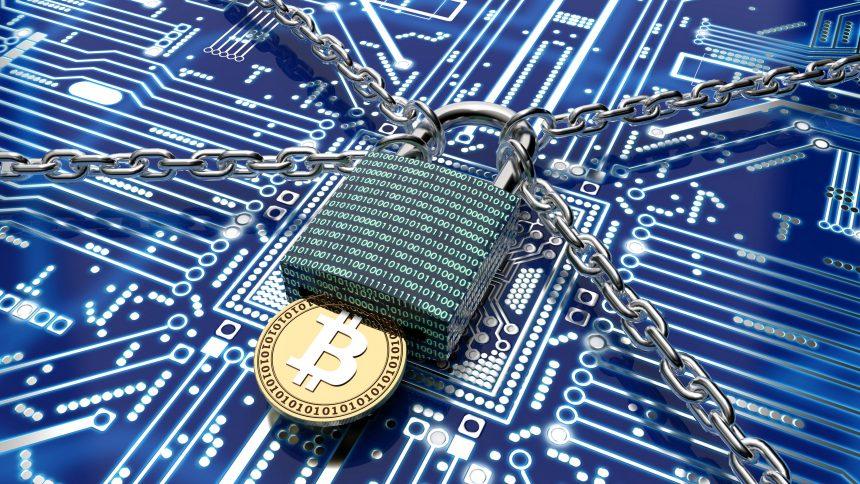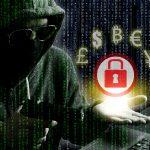Ransomware is a type of malicious software (malware) designed to block access to a computer system or file until a ransom is paid. This form of malware poses a significant threat to individuals and organizations alike, as it encrypts files, rendering them inaccessible, and demands payment for the decryption key. Ransomware attacks can lead to substantial financial losses, data breaches, and severe disruptions in operations.
The Threat: Niko Ransomware
Niko ransomware is a specific strain of ransomware that has gained notoriety for its aggressive tactics and destructive potential. Once it infiltrates a system, it executes several malicious actions aimed at maximizing its impact.
Download SpyHunter Now & Scan Your Computer For Free!
Remove this and any other malicious threats to your system by scanning your computer with SpyHunter now! It’s FREE!
Installation and Functionality
Niko ransomware typically enters a system through phishing emails, malicious downloads, or software vulnerabilities. Upon successful installation, it begins encrypting files stored on the victim’s computer, using strong encryption algorithms to ensure that the data cannot be easily recovered without the decryption key. One notable characteristic of Niko ransomware is its file extension; it often adds “.niko” to the names of encrypted files, making them easily identifiable to the victim.
Once the encryption process is complete, Niko generates a ransom note that details the steps the victim must follow to recover their files. This note is usually placed in multiple locations on the infected system to ensure visibility. The consequences of this ransomware’s presence can be severe, leading to data loss, financial strain from ransom payments, and a potential loss of trust from clients and customers in a business context.
The Ransom Note
The ransom note left by Niko ransomware typically contains threatening language and urgent instructions for the victim. It usually informs the user of the successful encryption of their files and demands a ransom payment in cryptocurrency, commonly Bitcoin, to obtain the decryption key. The note may include a deadline for payment, warnings against contacting authorities, and instructions for accessing a communication channel with the attackers. This tactic is designed to create a sense of urgency and fear, compelling victims to comply with the ransom demands.
Text in the ransom note:
Hello! Your server data is encrypted and stolen.
To decrypt your files, you need to contact by email
proof3200@proton.me
In order to decrypt the necessary files, you need to send in a message
2 simple files, size as proof that we have a tool to completely decrypt all your files.
In a response letter, you will receive your decrypted files and the price and wallet for payment in bitcoins.
You can buy Bitcoin through exchangers: abra.com , paxful.com, coinbase.com , binance.com, gate.io, moonpay.com and any other exchangers
Do not try to decrypt the files yourself or use the services of intermediaries, otherwise you will lose the files forever!
We and only we can decrypt your files.
Don’t delay, we won’t wait for you forever and you will lose files – as the decoder and keys will be deleted and the files will be published on the Internet.
Purpose and Infiltration Methods
The primary purpose of ransomware like Niko is financial gain. By holding the victim’s data hostage, attackers exploit the fear of data loss to extract ransom payments. Niko ransomware typically infiltrates systems through social engineering tactics, such as phishing emails that trick users into downloading malicious attachments or clicking on deceptive links.
The threat posed by Niko ransomware extends beyond immediate data loss; it can also lead to longer-term consequences, such as data breaches, operational disruptions, and damage to an individual’s or organization’s reputation. The name “ransomware” aptly describes its function, as it holds users’ data hostage until they comply with the ransom demands.
Symptoms of Infection
Identifying a Niko ransomware infection can be challenging, but several symptoms may indicate its presence:
- Encrypted Files: Inability to open files that previously worked fine, often indicated by a changed file extension (e.g., “.niko”).
- Ransom Note: The appearance of a ransom note on the desktop or within affected folders.
- System Slowdown: Noticeable delays in system performance or applications crashing unexpectedly.
- Unusual File Behavior: Files being moved, deleted, or modified without user consent.
Detection Names
To confirm the presence of Niko ransomware, users can look for the following detection names commonly associated with this malware:
- Niko Ransomware
- .niko File Virus
- NikoCrypt
- NikoLocker
Similar Threats
Other ransomware variants that users may encounter include:
- LockBit Ransomware: Known for its rapid encryption process and high ransom demands.
- Conti Ransomware: Often targets large organizations with sophisticated attack methods.
- REvil Ransomware: Famous for its double extortion tactics, where data is both encrypted and threatened to be leaked.
Removal Guide for Niko Ransomware
Removing Niko ransomware can be complex, but following these detailed steps can help you regain control of your system:
Step 1: Disconnect from the Internet
Immediately disconnect your computer from the internet to prevent further communication with the ransomware servers.
Step 2: Enter Safe Mode
- Restart your computer.
- As it boots up, repeatedly press the F8 key (or Shift + F8) until you see the Advanced Boot Options menu.
- Select “Safe Mode with Networking” from the list.
Step 3: Scan for Malware
- Download and install a reputable anti-malware tool, such as SpyHunter.
- Update the software to ensure it has the latest definitions.
- Run a full system scan to detect and remove Niko ransomware.
Step 4: Delete Suspicious Files
- Open the Task Manager (Ctrl + Shift + Esc).
- Look for any unfamiliar processes that may be related to the ransomware (e.g., those that were running when the infection occurred).
- Right-click on the process and select “End Task.”
Step 5: Restore Encrypted Files (If Possible)
- Check for backups on external drives or cloud storage services.
- If you use Windows, you may try to restore previous versions of encrypted files:
- Right-click on the encrypted file and select “Properties.”
- Click on the “Previous Versions” tab and restore an earlier version if available.
Step 6: Change Passwords
Once the system is clean, change passwords for critical accounts, especially those accessed during the infection.
Step 7: Monitor System Activity
Keep an eye on your system for any unusual activity or re-infection. Continue to run scans with anti-malware software regularly.
Prevention Tips
To reduce the risk of future ransomware infections:
- Regularly Update Software: Ensure your operating system and applications are up-to-date with the latest security patches.
- Use Antivirus Software: Maintain active antivirus software with real-time protection.
- Practice Caution with Emails: Be wary of unsolicited emails and avoid clicking on suspicious links or downloading attachments from unknown sources.
- Backup Your Data: Regularly back up important files to an external drive or cloud service to ensure you can recover them in case of a ransomware attack.
For enhanced protection against threats like Niko ransomware, consider using SpyHunter, a powerful anti-malware tool that can detect and remove ransomware effectively. Download it today and scan your computer for free to ensure your system is secure from malware threats.
Download SpyHunter Now & Scan Your Computer For Free!
Remove this and any other malicious threats to your system by scanning your computer with SpyHunter now! It’s FREE!





